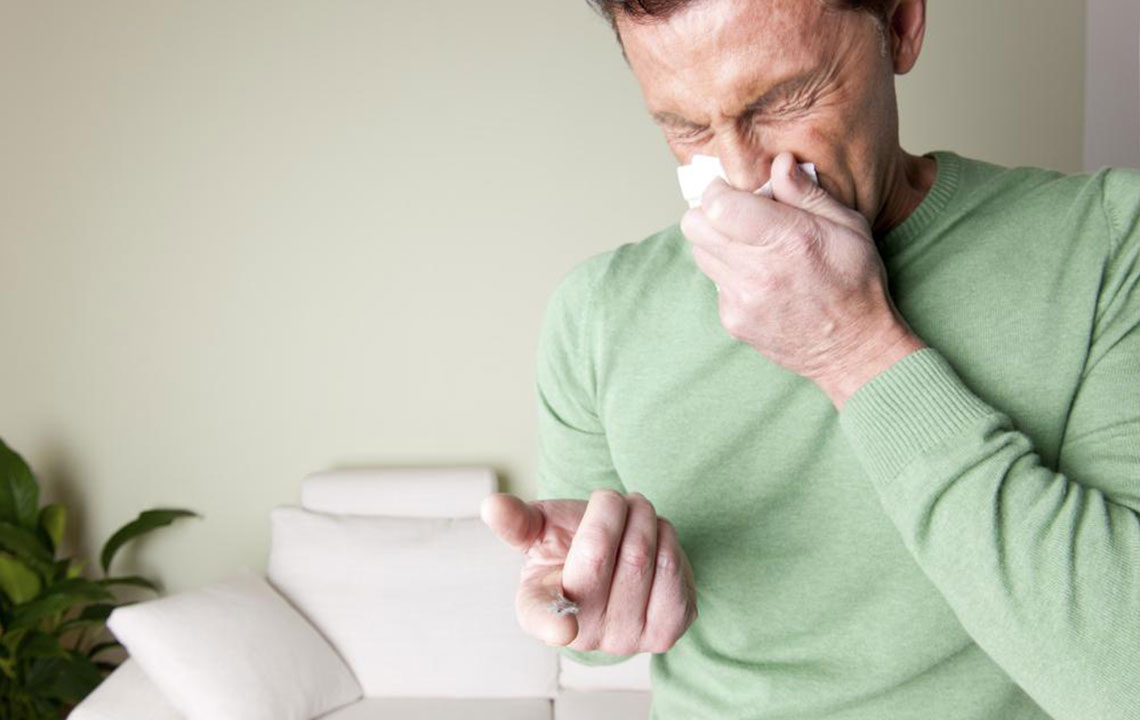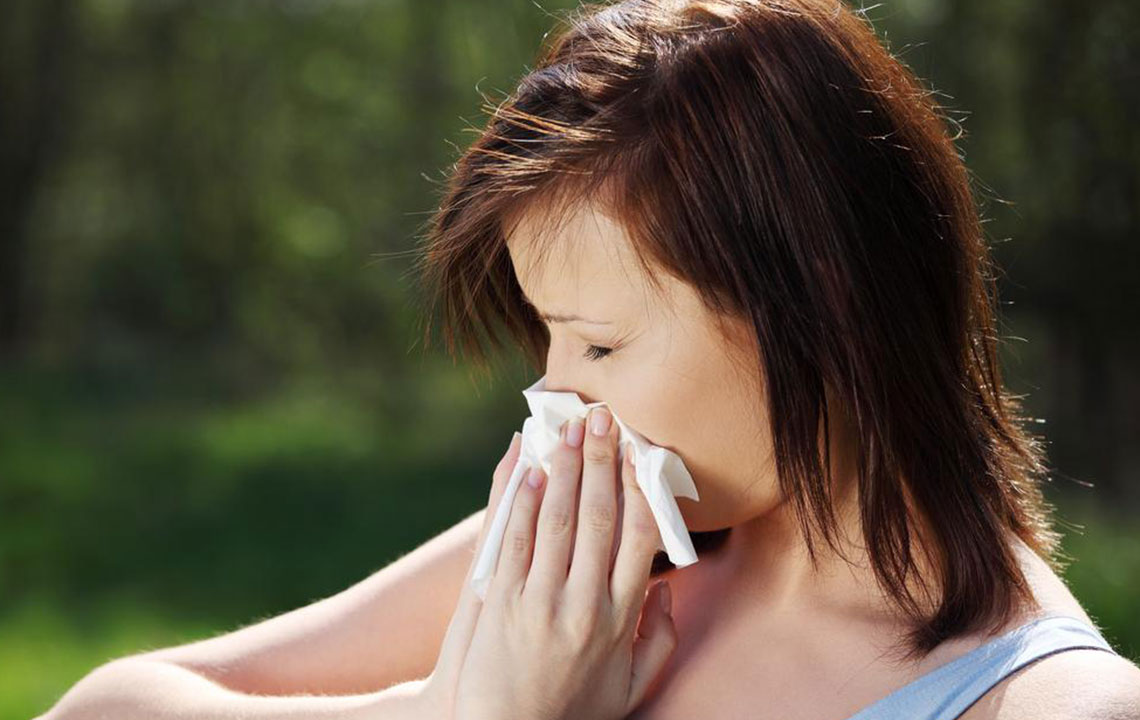Understanding Mold Allergies: Causes, Symptoms, and Treatment Options
This article provides an in-depth overview of mold allergies, highlighting common causes, symptoms, and effective treatment options. It emphasizes the importance of avoiding exposure and consulting healthcare providers for tailored treatment plans. Learn about the role of medications like nasal sprays and antihistamines in managing symptoms and how environmental control can significantly reduce allergic reactions. The content aims to educate readers on identifying mold allergy triggers, preventative measures, and treatment strategies for a healthier, mold-free environment.

Understanding Mold Allergies: Causes, Symptoms, and Treatment Options
Molds are ubiquitous in our environment, found both indoors and outdoors. These tiny fungi, often unnoticed, can grow on damp surfaces like kitchen cabinets, bathroom tiles, or grass fields. Most mold species are microscopic, becoming airborne when disturbed. They require oxygen, warmth, darkness, and moisture to thrive, particularly in humid conditions. Mold spores inhaled from the air can trigger allergic reactions, especially in sensitive individuals, leading to symptoms like watery eyes, congestion, and breathing difficulties, which may worsen for those with asthma.
Mold allergies are caused by immune reactions to specific mold types. Causes include a weakened immune system or exposure to certain molds that produce allergenic spores. Symptoms typically include nasal congestion, sneezing, cough, itchy and watery eyes, and skin dryness. Diagnosing and managing mold allergy involves recognizing triggers and symptoms.
Effective treatments include various medications. Nasal sprays like fluticasone or budesonide help reduce inflammation and prevent reactions. Oral decongestants such as Drixoral alleviate nasal blockage but may have side effects like increased heart rate or appetite loss, particularly risky for individuals with high blood pressure. Antihistamines are useful for seasonal allergies, relieving itching, sneezing, and watery eyes, though they may cause drowsiness, especially when combined with decongestants. Consulting a healthcare provider before starting any medication is essential.
To minimize mold allergies, it’s crucial to avoid mold-prone environments, ensure good ventilation at home, and keep surfaces dry. Refraining from touching mold growth and promptly addressing dampness are vital preventive measures. While medications can control symptoms, avoiding exposure remains the most effective strategy for managing mold allergies.










